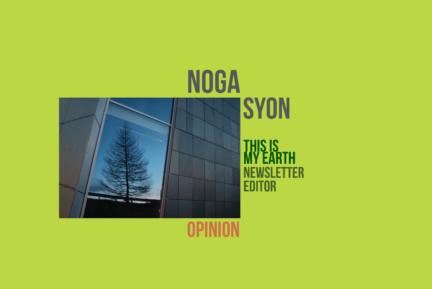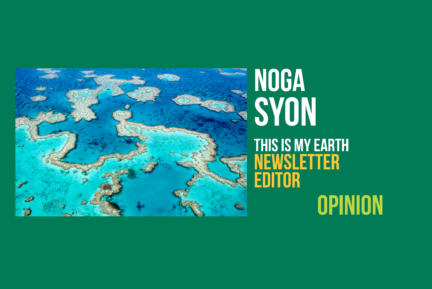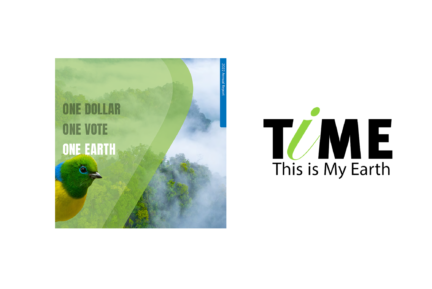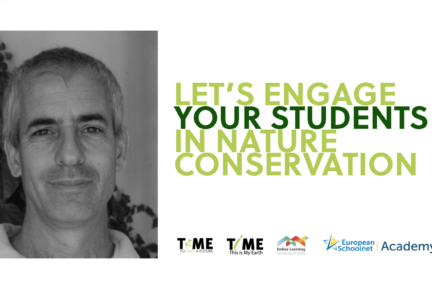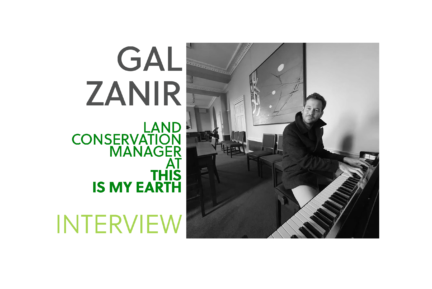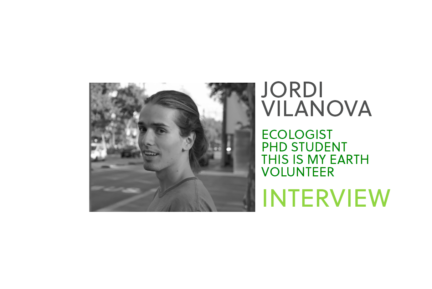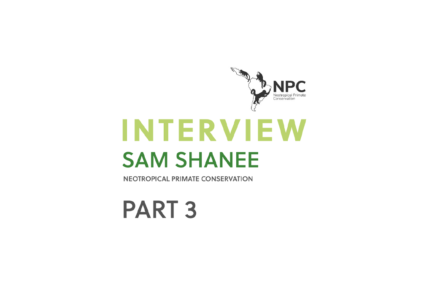
Large terrestrial carnivores such as jaguars Panthera onca exert critical roles in maintaining ecosystem health and integrity. But protecting jaguars in the Amazon is increasingly difficult.
Despite many efforts from organizations such as This is My Earth, populations are rapidly declining. The largest cat in the Americas is particularly vulnerable to local extinction because the species occurs at low densities. Jaguars experience slow population growth rates and require large areas containing a healthy prey base to survive.
Thus, their long-term population viability requires large-scale conservation planning approaches, including networks of protected areas and connectivity corridors.
Due to their large spatial requirements, jaguars have also been considered an umbrella species. They are valuable in conservation planning, ensuring that many other co-occurring species and high-quality habitats are protected.
In the particular case of Brazil, jaguar populations are struggling. This is My Earth has a beautiful success story in Serra Bonita, in Brazil, which allowed us to ensure the survival of predators that require large, unbroken territories like the Harpy Eagle (Harpia harpyja) and the Puma (Puma concolor).

7 conservation key points to keep on protecting jaguars in the Amazon
Jaguars are the third largest cat species after lions and tigers but the largest cat in the Americas. Adult male jaguars can weigh between 100-250 pounds (45-113 kg). They can measure up to 7 feet (2.1 meters) in length from nose to tail. While females are typically smaller, weighing between 65-120 pounds (29-54 kg).
Jaguar conservation is the effort to protect and preserve the population of jaguars. And that includes their habitats and the ecosystems that they depend on. And it is not an easy task.
Here are 7 key actions for jaguar conservation:
- Protect their habitats: The primary focus of jaguar conservation efforts focuses on their habitats. This involves preserving forests, wetlands, and grasslands, the primary places where they live.
- Avoid fragmentation: Jaguars need large territories to hunt and breed. It is essential to reduce the fragmentation of their habitats. That is why we should create protected corridors that connect different habitats.
- Reducing human-jaguar conflict: Jaguars sometimes attack livestock, which can lead to retaliation by farmers. Conservation efforts work to reduce conflict by developing alternative livelihoods for farmers, such as ecotourism or sustainable agriculture.
- Engaging local communities: TiME believes that local communities are essential for the success of conservation efforts. Also, in the case of jaguars. Engaging indigenous and local communities in conservation efforts can help build support for conservation and promote sustainable land-use practices.
- Monitor changes in their behavior: This includes monitoring populations, tracking movements, and studying their behavior.
- Translocation and reintroduction: Sometimes, jaguars may need to be translocated or reintroduced to new habitats. That way, we can establish or supplement populations. This is a delicate process that requires careful planning and execution.
- Policy and advocacy: Advocacy and policy work are essential for effective jaguar conservation. This involves working with governments to establish protected areas, enact conservation laws, and enforce regulations.
Protecting jaguars in the Amazon is the cornerstone of the overall efforts in the area.

10 of the top hotspots for jaguar conservation that involve indigenous communities
- Amazon Basin: The Amazon rainforest is one of the most important jaguar habitats in the world. Many indigenous communities living in this region are working to protect the jaguar and its habitat.
- Pantanal: This vast wetland region in Brazil, Bolivia, and Paraguay is home to the largest population of jaguars in the world. Many indigenous communities living in this area are involved in jaguar conservation efforts.
- Cockscomb Basin Wildlife Sanctuary: This protected area in Belize is home to a significant population of jaguars. The indigenous Q’eqchi’ Maya communities living in the area are working to protect the jaguar and its habitat. This is My Earth succeeded in preserving a great area in Belize (more information here).
- Mesoamerican Biological Corridor: This region, stretching from Mexico to Panama, is an essential corridor for jaguars. Many other wildlife species also depend on it. Indigenous communities living in this region are actively working to protect the jaguar and its habitat.
- Yucatan Peninsula: This region in Mexico is home to a significant population of jaguars, and the indigenous Maya communities living in the area are working to protect the jaguar and its habitat.
- Chaco-Pantanal: This region in Bolivia, Brazil, and Paraguay is a crucial jaguar habitat. Indigenous communities living in this area are protection jaguars.
- Gran Chaco: This vast forested area in South America is home to a significant population of jaguars. Many indigenous communities living in this region are working to protect the jaguar and its habitat.
- Sierra Nevada de Santa Marta: This mountain range in Colombia is an important jaguar habitat, and the indigenous communities living in the area are working to protect the jaguar and its habitat.
- Chiribiquete National Park: This protected area in Colombia is home to a significant population of jaguars. The Indigenous communities have an active role in protecting them.
- Mata Atlantica: This forested region in Brazil is home to a significant population of jaguars. The indigenous communities living in the area are working to protect the jaguar and its habitat.
Jaguars live in the most pressured areas, study finds
In the interesting research Impeding anthropogenic threats and protected area prioritization for jaguars in the Brazilian Amazon (Bogoni, J.A., Boron, V., Peres, C.A. et al. Impending anthropogenic threats and protected area prioritization for jaguars in the Brazilian Amazon. Commun Biol 6, 132 (2023). https://doi.org/10.1038/s42003-023-04490-1), research seems to reveal that t”he areas containing the highest jaguar population densities and largest estimated population sizes are precisely among those most pressured by anthropogenic impacts in terms of habitat degradation”.
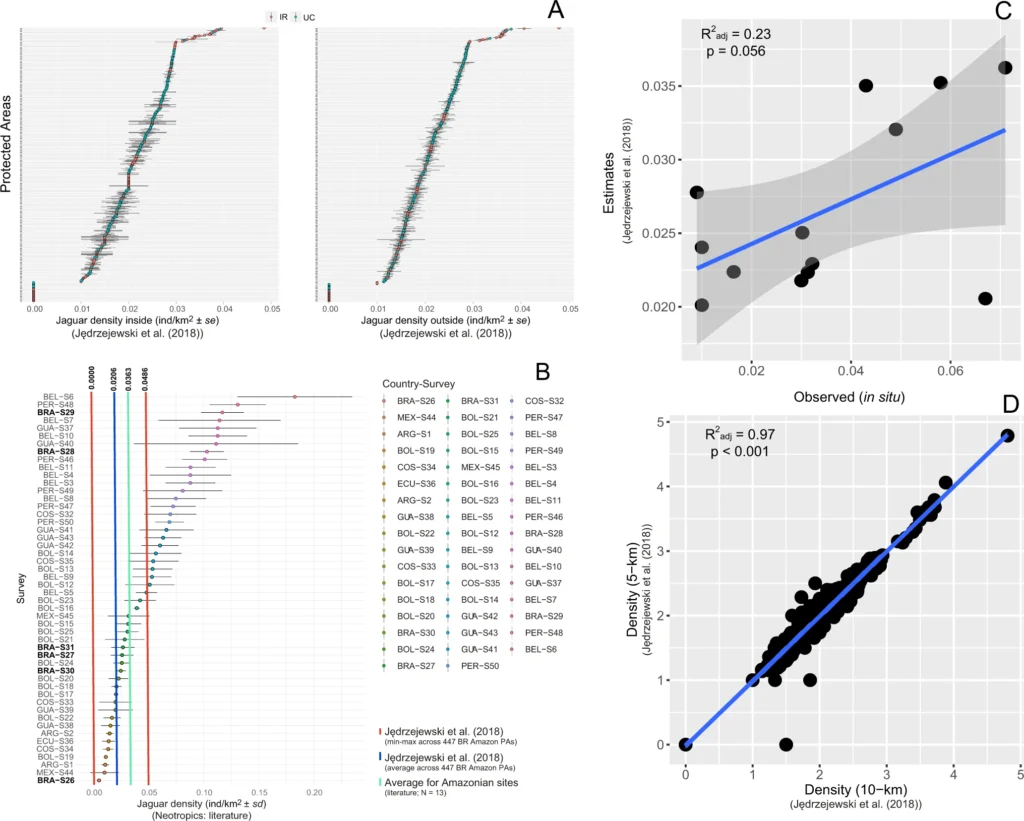
This study published a couple of weeks ago (February 2023), has considered the average of 2,06 individuals per 100 km2 across the 447 protected areas in the Brazilian Amazon and their respective 5km radial buffers.
Between 2016 and 2019, deforestation across these protected areas and their respective 5 km radial buffers amounted to 5560 km2, representing 0.25% of the total area.
The Jaguar 2030 Roadmap: a range-wide effort
Monitoring these data is making it crystal clear; protecting jaguars in the Amazon is not going as expected. Compared to Indigenous Reserves, the largest jaguar populations were concentrated in strictly protected (SPA) and sustainable-use reserves (SUR). At the same time, the threat index was higher in SURs than in SPAs and Indigenous Reserves.
For that reason, researchers ask policymakers to engage and set up rules to increase the conservation approach in Brazil.
The country hosts over 50% of the global jaguar population and is a signatory of the Jaguar 2030 Roadmap and the Convention of Migratory Species (CMS) However researches show that these commitments have not turned into implementation with ever-decreasing funding for Protected Areas.
Elevated geopolitical pressures have greatly weakened the management capacity of Indigenous Reserves in the Amazon
Indigenous reserves play an essential role in protecting jaguars in the Amazon. These reserves were predicted to contain ~24,000 jaguars, representing 63.2% of the total estimated number of jaguars across the Brazilian Amazon’s ~224 million hectares of protected areas.
The importance of indigenous reserves is intrinsically linked to their larger sizes and larger wildlife populations compared to most state reserves while ensuring legitimate land claims for native Amazonians as their original stewards and landholders.
The Jaguar 2030 Roadmap, a range-wide plan to conserve jaguars in priority landscapes and corridors, would benefit a suite of co-occurring vertebrates.
If you want to know more about Jaguars, take a look at the most famous jaguar in the world.











